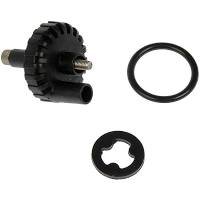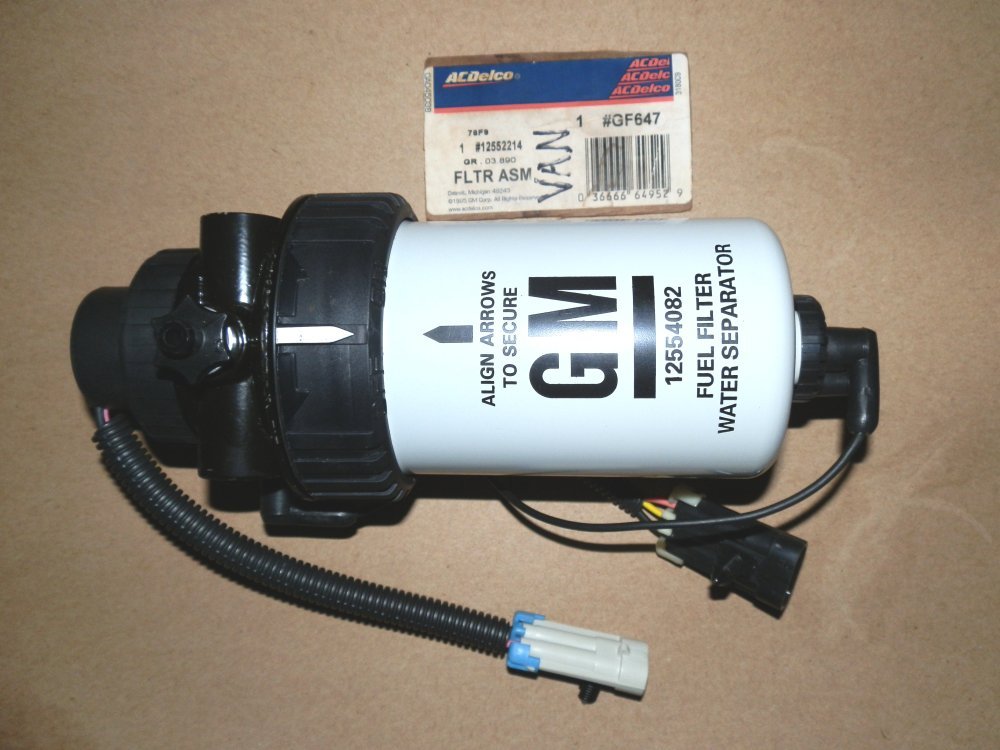dbrannon79
I'm getting there!
The filter I have with the clear bowl on my 95 came with a 12 micron filter, it uses a standard racor r12t filter. those filters can be had in various micron ratings. I run a fleetguard 2 micron filter on it. don't know if it filters water but has the bowl so water will drop to the bottom and you can see it.
@royunion this entire filter housing is small and might work well for a van. here is the link on amazon for it. If you decide to go with this one like I did, don't use the brass fittings or plugs that come with it, go to the local hardware store and get new. the ones that come with it are cheap chineesium, the threads are cut where the plugs will bottom out and still leak even with gobs of thread tape.
@royunion this entire filter housing is small and might work well for a van. here is the link on amazon for it. If you decide to go with this one like I did, don't use the brass fittings or plugs that come with it, go to the local hardware store and get new. the ones that come with it are cheap chineesium, the threads are cut where the plugs will bottom out and still leak even with gobs of thread tape.
As an Amazon Associate we earn from qualifying purchases.



